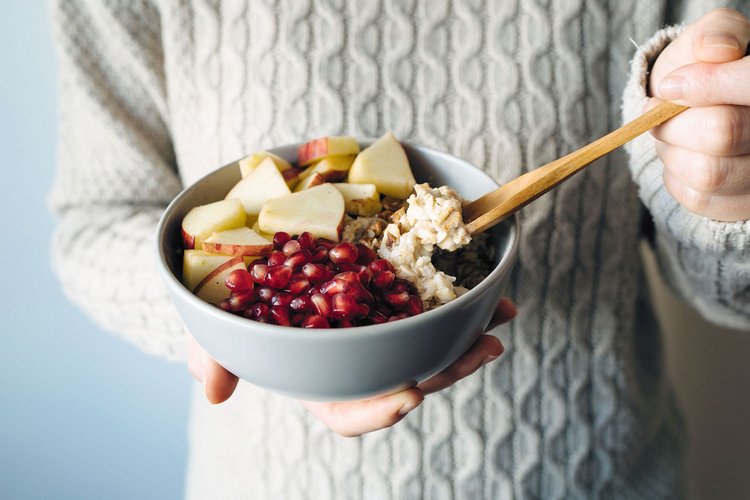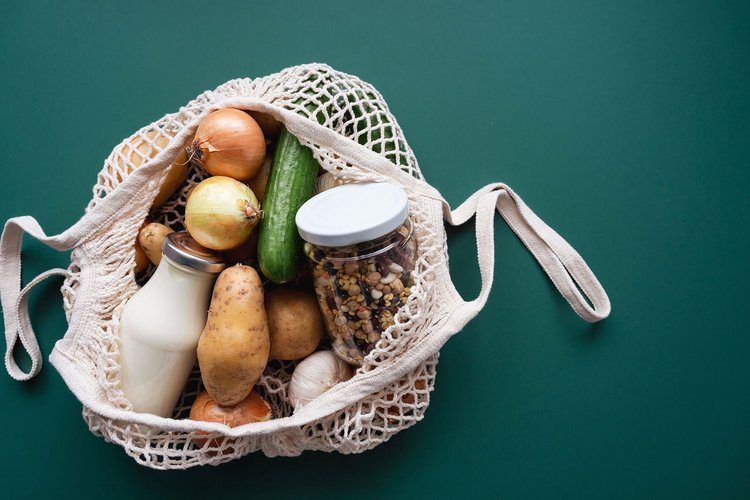How does an undersupply of biofactors manifest itself?
Important body processes cannot run well if there is an insufficient supply with biofactors for a longer period of time. Depending on which vitamin or mineral is not available, the frequently non-specific symptoms of an undersupply develop. For example, an iron deficiency (especially common among women) manifests itself as paleness, shivering, and general fatigue. For many affected persons, a magnesium deficiency leads to nightly calf cramps, painful muscle tenseness, nervousness or even arrhythmia and hypertonicity. An undersupply of vitamin D can manifest itself in many different ways owing to its broad influence on the entire body and its hormonal effect.
The first signs or indications of an undersupply of a biofactor are always very non-specific symptoms such as a feeling of weakness, fatigue, lack of concentration, and decreased performance. All these symptoms are often underestimated and can greatly hinder our "mastering" of everyday life.
A deficiency that initially appears harmless can trigger dangerous chain reactions; over time, serious symptoms can set in that can frequently not be reversed. An ignored B-vitamin deficiency not only has a detrimental effect on the blood count but also on the normal function and maintenance of the nervous system. The energy supply of every single body cell cannot function as usual if there is a deficiency of B-vitamins. A zinc deficiency and undersupply can cause many visible and invisible symptoms as well. Brittle nails and dry and flaky skin can indicate a zinc deficiency. If you feel unwell, sick, weak, and less active, the best thing to do is to see your physician that he can examine you thoroughly. After looking at the relevant blood count and especially after ruling out other factors, he can quickly detect a possible deficiency or undersupply of biofactors and you can take appropriate countermeasures.


